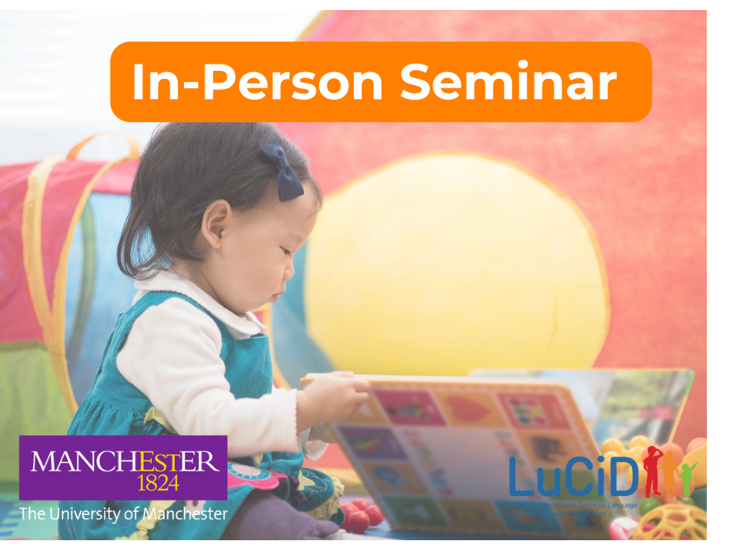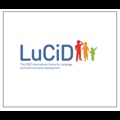
Join us for our next LuCiD seminar, featuring an in-person talk on Tuesday, 6th February 2024 (11 am UK time - in-person & via Zoom). Dr Catherine Laing (University of York) will talk about Exploring systematicity in the developing lexicon with phonological networks.
Abstract: Infants’ early words are phonologically similar (Vihman, 2016). Deuchar and Quay (2000) show that 13/20 of a bilingual (English-Spanish) child’s first words are produced with a CV structure, and many are identical: car, clock, casa ‘house’ and cat are produced as /ka/, and papa ‘daddy’, pájaro ‘bird’ and panda as /pa/. Network analysis can account for similarity in early phonological acquisition (Fourtassi et al., 2020; Siew & Vitevitch, 2020), whereby similarity between forms determines their connectivity within a network. This approach draws on two possible models: preferential attachment (PAT; new words resemble the most well-connected forms in the existing network) and preferential acquisition (PAQ; new words attach to multiple similar forms). Existing studies test networks of target forms, generating mixed results; it may thus be more revealing to analyse networks of infants’ actual productions, given data that shows these forms to be phonologically more similar than their target forms would suggest (i.e. target car /kɑɹ/ ~ clock /klɑk/ ~ cat /kæt/ versus actual /kæ/ ~ /kæ/ ~ /kæ/). I propose that PAT offers a more plausible model for phonological development of actual forms, given that infants tend to adapt early words to fit established production routines (Vihman, 2019).
In this talk, I use network analysis to observe the connectivity between 9 French- and English-learning infants’ target and actual word productions. I analyze word production between 0;11 to 2;6, accounting for phonological distance between each actual form and i) the target form (e.g. clock, /kæ/ vs. /klɑk/) and ii) all other words produced by the child (cat /kæ/ vs. dog /dæ/). Results show that PAT is a better predictor of lexical acquisition (p<.001, both target and actual forms). Furthermore, actual forms provided a better fit to this model than target forms (β= -.68, p<.001); infants’ actual forms provide stronger evidence of systematicity than we would expect from analysis of target forms alone.
How to join the seminar: This seminar will take place in person at the University of Manchester, but we will provide a blended approach for anyone who is unable to attend in person. As always the seminar is free to attend & booking isn't required, just get in touch to request the zoom link and don't forget to join the seminar mailing list
Where to find us on the day: University of Manchester A2.7 Ellen Wilkinson Building. The Ellen Wilkinson Building is number 77 on the campus map.

